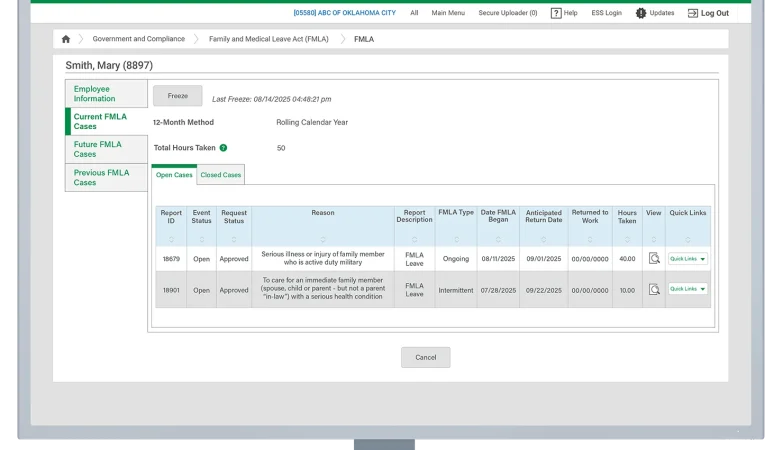Let’s be honest. Navigating the world of home modifications for accessibility can feel overwhelming. You’re already focused on health, comfort, and independence. The last thing you need is a mountain of financial and bureaucratic stress.
But here’s a little-known financial lifeline that can help: the Medical Expense Tax Deduction. It’s not a glamorous topic, sure. But understanding it can turn necessary home alterations from a financial burden into a manageable investment. Think of it not as a loophole, but as a legitimate tool designed to ease the load when life throws you a curveball.
Let’s dive into how these two worlds—home accessibility and the IRS—intersect.
What Exactly is the Medical Expense Tax Deduction?
In simple terms, the IRS allows you to deduct qualified medical and dental expenses that exceed a certain percentage of your Adjusted Gross Income (AGI). For most people, that threshold is 7.5% of your AGI. So if your AGI is $50,000, you can deduct expenses that exceed $3,750.
Now, the key here is that the IRS considers certain home modifications “medical care” if they are deemed medically necessary. This isn’t about a kitchen remodel you’ve been dreaming of. This is about changes prescribed by a doctor to accommodate a specific medical condition or disability.
Qualifying Modifications: What Counts and What Doesn’t
This is where things get specific. The modification must be for the primary purpose of medical care. It can’t just be something that’s generally beneficial. You’ll need a letter of medical necessity from a licensed healthcare professional—your doctor, occupational therapist, or the like. This document is your golden ticket.
Commonly Deductible Accessibility Improvements
The IRS has provided guidance on what typically qualifies. Here are some of the big ones:
- Wheelchair Ramps & Widening Doorways: This is a classic example. Installing a ramp or widening hallways and doors to at least 32 inches to allow for wheelchair access is almost always deductible.
- Bathroom Modifications: This includes grab bars, walk-in tubs, roll-in showers, and adjustable showerheads. Even the cost of a sturdy shower chair can sometimes qualify if recommended.
- Kitchen Adaptations: Lowering countertops and sinks to accommodate a wheelchair can be included. We’re talking about the actual cost of the modification, not the entire cost of a new cabinet.
- Stairlifts and Porch Lifts: If you can’t navigate stairs due to a medical condition, the cost of installing a lift is a qualified expense.
- Accessibility Door Handets: Replacing round doorknobs with lever-style handles for someone with arthritis is a small but qualifying change.
- Intercom Systems & Alarm Systems: For someone who is bedridden or has a severe condition, these systems can be deemed medically necessary.
What Usually Doesn’t Make the Cut
It’s just as important to know what the IRS typically rejects. These are considered “capital improvements” that increase your home’s value.
- A Swimming Pool or Hot Tub: Even if your doctor recommends aquatic therapy, this is a major area of scrutiny. The deduction is only allowed if the primary purpose is medical treatment, not recreation, and the cost must be reduced by any increase in your home’s value. It’s a tough bar to clear.
- General Home Improvements: New flooring (unless it’s a specific non-slip surface for a medical reason), a new roof, or central air conditioning to help with general allergies usually don’t qualify.
- Barrier-Free Walk-In Tubs: Wait, didn’t we say these qualify? Well, yes, but with a caveat. You can only deduct the cost that exceeds the increase in your home’s value. If a $10,000 tub adds $4,000 to your home’s value, your deduction is $6,000. This is a tricky area.
Navigating the “Increase in Home Value” Rule
This is the part that trips up a lot of folks. For modifications that also improve the overall value of your home—like a stairlift or a permanent ramp—you must subtract that increase in value from your deduction.
How do you figure that out? Honestly, it often requires a professional appraisal. You’d need to know your home’s value immediately before and immediately after the modification. For many smaller items like grab bars or lever handles, the IRS often accepts that they add no measurable value, so the full cost is deductible.
It’s a bit of a gray area, you know? But for major projects, be prepared to do the homework.
Getting Your Ducks in a Row: Documentation is Everything
You can’t just tell the IRS you needed a ramp. You have to prove it. Your paper trail is your best defense in an audit. Here’s what you need to keep in a very safe folder:
- Letter of Medical Necessity: This is non-negotiable. It must be on your doctor’s letterhead and state that the modification is for the treatment of a specific medical condition or disability. Vague language won’t cut it.
- Detailed Receipts and Invoices: Keep every single receipt. They should be itemized, showing labor and materials separately. A credit card statement isn’t enough.
- Before and After Photos: These can help demonstrate the nature and extent of the work.
- Appraisal Documentation (if applicable): If you had to get an appraisal for a major modification, keep that report safe.
A Quick Look at Common Scenarios
| Modification | Typically Deductible? | Key Considerations |
|---|---|---|
| Wheelchair Ramp | Yes | Full cost is usually deductible as it doesn’t typically increase home value. |
| Stairlift | Yes, partially | Cost must be reduced by any increase in home’s value. An appraisal may be needed. |
| Grab Bars in Bathroom | Yes | Full cost is deductible; seen as a medical device, not a value-add. |
| Lowering Kitchen Cabinets | Yes, partially | The cost of adaptation is deductible, not the full cost of new cabinets. Value increase must be considered. |
| Inground Swimming Pool | Rarely | Extremely high bar to prove primary purpose is medical and not recreational. |
A Final Thought on Financial Wellbeing
Dealing with medical needs is challenging enough without the added weight of financial anxiety. The medical expense tax deduction for home accessibility modifications is one of those quiet, practical provisions in the tax code that acknowledges real-life struggles. It won’t cover everything, of course. The 7.5% AGI threshold is a high bar for many.
But for those who qualify, it provides a tangible form of relief. It turns a bathroom from a hazard into a safe space. It transforms a flight of stairs from an insurmountable obstacle into a manageable path. It’s not just about a deduction on a form; it’s about preserving dignity and independence at home. And that, in the end, is priceless.






